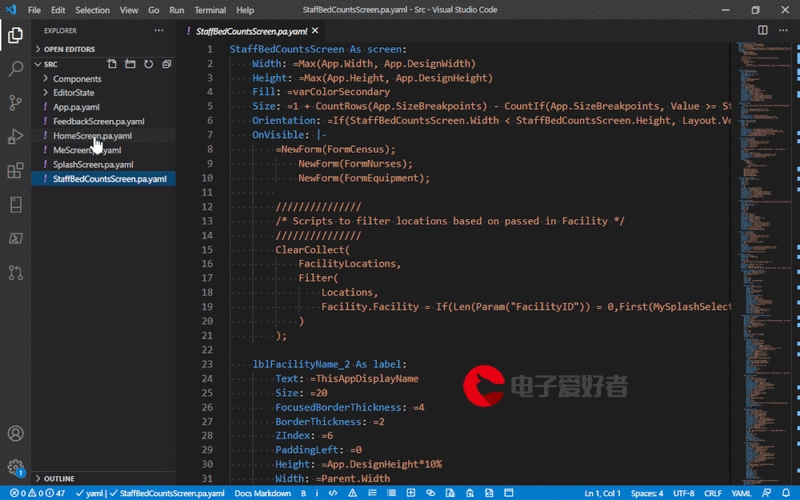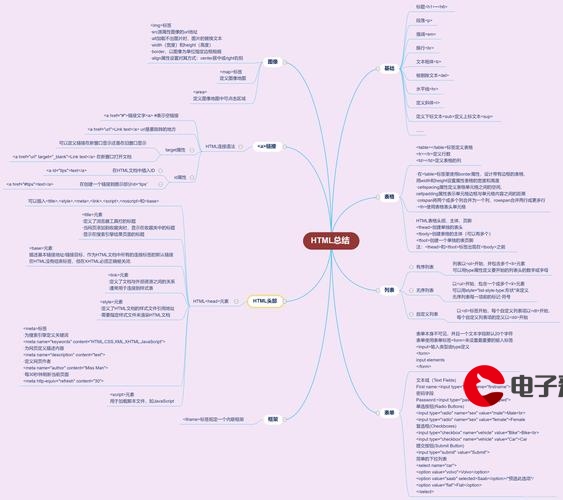ctypes方法
由于ctypes是python自带的库,并且用起来也方便,适合中小型项目,就记录来学习一下。
将test.cpp编译为动态链接库,这一步很重要,随时可以复制
g++ -fPIC -shared test.cpp -o test.so
cpp源文件,可以看到只需要在底部加入extern "C"即可,用add_integer_plus作为暴露给外部的函数,
#include "stdio.h"
#include "stdlib.h"
#include <bits/stdc++.h>
#include <vector>
using namespace std;
vector<int> v1;
//全局变量声明区
//函数声明区
struct {
unsigned char a:4;
unsigned char b:4;
}i;
vector <int> add(int c)
{
for(i.a=1;i.a<=9;i.a++)
{
for(i.b=1;i.b<=9;i.b++)
{
if((i.a-1)/3!=(i.b-1)/3)
{
//printf("A=%d,B=%d\n",i.a,i.b);
v1.push_back(i.a);
v1.push_back(i.b);
}
}
}
return v1;
}
extern "C"{
int *add_plus(int c){
// 之后做个structure把长度也返回去
vector<int> d = add(c);
int n = d.size();
int *buffer = new int[d.size()];
if (!d.empty())
{
memcpy(buffer, &d[0], d.size()*sizeof(int));
}
return buffer;
}
}
python调用
from ctypes import *
test = CDLL('./test.so').add_plus # 把add_plus函数赋值给test
test.restype=POINTER(c_int * 81) # 指针取几个数,这里还要判断
print([i for i in test(c_int(6)).contents]) # i是enumerate
test先实例化,然后接收返回的数据
更多推荐
python如何调用c++函数








发布评论